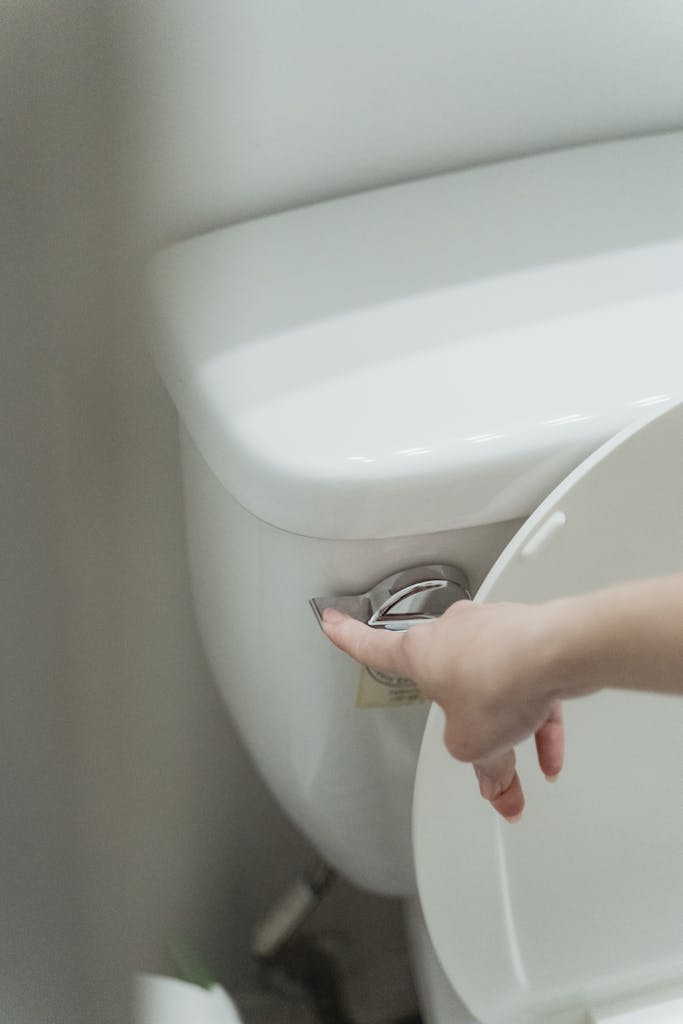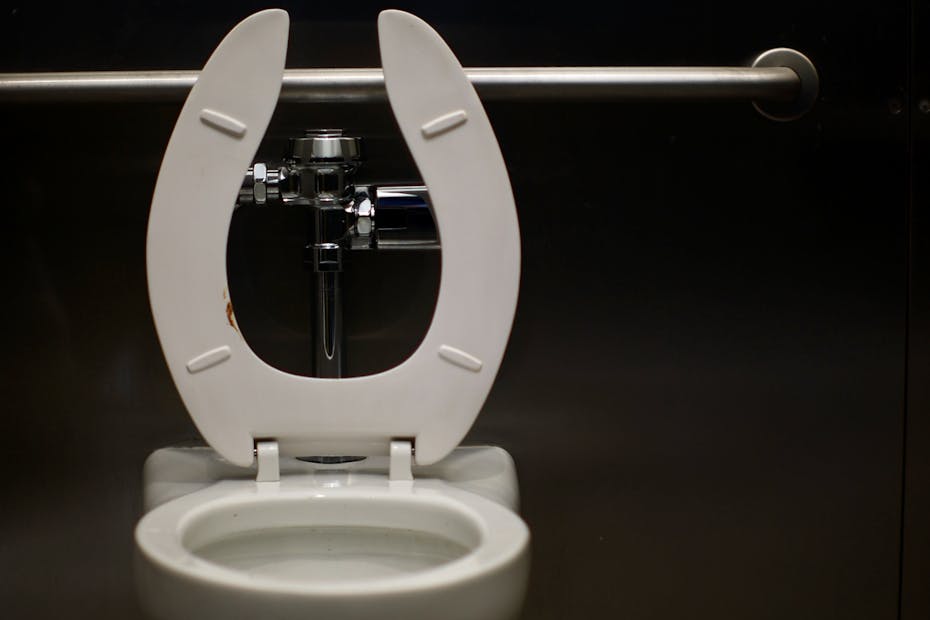Introduction: The Role of Water in Shaping Urban Sanitation
Throughout history, access to water has been a critical determinant of civilization. Before the advent of modern plumbing, waste disposal was largely dependent on dry sanitation methods such as pit latrines, chamber pots, and communal waste collection. Water was a scarce and valuable resource, used primarily for drinking and agriculture, rather than for flushing away waste.
The famous quote by Caliph Umar ibn Al-Khattab—”I do not want water to separate me from my people”—was a reflection of this scarcity. His concern was that an abundance of water might lead to complacency and luxury, while in reality, water was not a resource to be taken for granted.
This raises a fundamental question: why did civilizations transition from dry to water-based sanitation systems, and what impact did the siphon toilet have on city planning and water consumption?
1. The Historical Evolution of the Siphon Toilet: From Dry Sanitation to Water-Based Systems
A. Early Waste Disposal Methods
- Ancient Mesopotamia (~4000 BCE): The first known sanitation systems were found in the cities of Uruk and Babylon, where homes had clay pipes leading to drainage channels. However, these systems did not use water actively for flushing.
- Indus Valley Civilization (~2500 BCE): Archaeological evidence from Mohenjo-Daro suggests that some homes had rudimentary toilets connected to a drainage system, but there was no active water flush.
- Ancient Rome (~500 BCE – 400 CE): The Romans built public latrines where waste was carried away by running water, but these were communal rather than private solutions.
- Islamic Golden Age (~7th–14th Century CE): The urban infrastructure in cities like Baghdad and Cordoba featured advanced water management systems, but flushing toilets were not yet widespread.
B. The First Water-Based Toilets
The modern siphon toilet was not developed until much later, when water availability and engineering advancements made it feasible.
- 1596 – John Harington (England):
- Invented the first flush toilet, which used water stored in a cistern to push waste into a cesspit.
- His design was never widely adopted due to its complexity and high water use.
- 1775 – Alexander Cumming (Scotland):
- Patented the first S-trap siphon, which prevented sewer gases from returning into homes.
- His invention marked the true beginning of the modern flush toilet, though it was still a luxury.
- 1850s – The Birth of Urban Sewer Systems (London & Paris):
- The Great Stink of London (1858), caused by sewage accumulating in the Thames River, forced authorities to invest in a modern sewer network.
- By 1860, flush toilets became more common in Europe and North America, requiring vast amounts of water to operate.

2. The Siphon System and Its Impact on Urban Infrastructure
A. How the Siphon Changed City Planning
The widespread adoption of siphon toilets led to major urban transformations, particularly in:
- Underground sewage systems: Instead of open-air canals, waste was now transported through buried pipelines.
- Water supply networks: Cities had to expand water reservoirs and treatment plants to support rising consumption.
- Sanitary zoning laws: The presence of sewage networks allowed cities to build high-rise apartments, as plumbing could now be installed in multi-story buildings.
B. The Global Water Consumption of Toilets
- Before 1980, standard flush toilets used 13–20 liters per flush.
- By 1990s, water-saving models reduced this to 6 liters per flush.
- Today, high-efficiency toilets in the US and EU use as little as 3 liters per flush.
📌 Statistic: The average person flushes the toilet about 5 times per day, meaning a single person consumes up to 30 liters of water daily just for flushing.
📌 Global Impact:
- The United States alone uses an estimated 24 billion liters of water per day for toilet flushing.
- China and India, with their massive populations, collectively use over 100 billion liters per day.
- Some Middle Eastern countries, facing extreme water scarcity, have begun mandating waterless toilets in new developments.

3. Why Does a Toilet Use 3–6 Liters per Flush?
A. The Science of Flushing Efficiency
The amount of water used per flush is determined by:
- Gravity and Siphon Action: Water stored in the cistern creates hydraulic pressure, forcing waste through the pipes.
- Bowl Design: More efficient shapes minimize water needed to clean the bowl.
- Air Pressure Systems: Some commercial toilets use air-assisted flushing to reduce water use by 50%.
B. Does Toilet Flushing Create an Unsustainable Water Cycle?
- In many cities, toilet water is sent to wastewater treatment plants, where it is processed and released into rivers, lakes, or the ocean.
- In dense urban areas, excessive toilet flushing can overload sewage systems, leading to wastewater overflow and contamination.
- Cities like Singapore and Los Angeles are now recycling wastewater into drinking water to counteract shortages.
4. The Future of Toilets: Sustainable Solutions
A. Bill Gates and the Waterless Sanitation Revolution
In 2011, the Bill & Melinda Gates Foundation launched the “Reinvent the Toilet Challenge”, funding innovations in waterless toilets.
- The Nano Membrane Toilet (2018): Converts waste into energy and clean water using no external water supply.
- The Tiger Worm Toilet (2019): Uses composting worms to break down waste without flushing.
- China, India, and Kenya have begun implementing these solutions in rural areas and water-scarce regions.
B. Next-Generation Toilet Technologies
- Vacuum Toilets (like those in airplanes and space stations):
- Use air pressure instead of water, reducing consumption by 90%.
- Being tested in high-rise buildings in Tokyo.
- Recycled Water Toilets:
- Use treated wastewater for flushing instead of clean drinking water.
- Cities like San Diego and Dubai are piloting these systems.
- Self-Sterilizing Toilets:
- Use UV light and antimicrobial coatings to eliminate bacteria without excessive flushing.
Conclusion: The Future of Urban Sanitation
The evolution of the siphon toilet was a major milestone in urban engineering, transforming cities and improving public health. However, its reliance on large amounts of clean water poses challenges in an era of global water shortages.
Looking ahead:
- Waterless toilets and vacuum systems will likely become standard in sustainable urban planning.
- Smart toilets will optimize water usage and integrate with IoT monitoring systems.
- The next generation of urban infrastructure will likely phase out traditional siphon toilets in favor of circular sanitation systems that recycle waste into energy and clean water.
💡 Final Thought: Just as cities once adapted to accommodate the siphon toilet, the next challenge will be designing water-efficient and sustainable sanitation systems for the future
